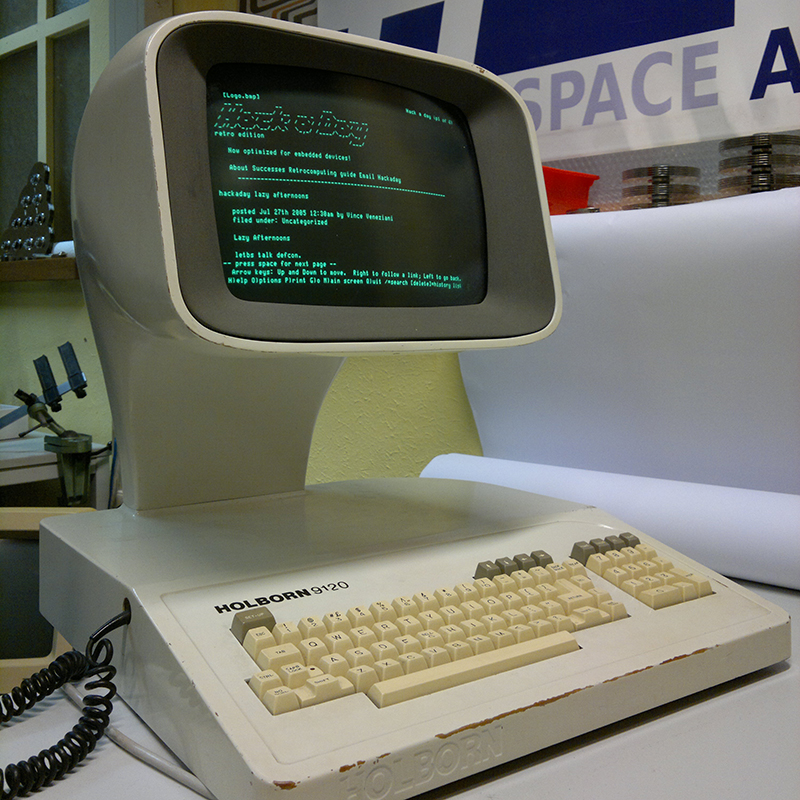These days there a large number of sensors and analog circuits that are “controller friendly” meaning that their output signal is easily interfaced to the built-in Analog to Digital Convertors (ADCs) often found in today’s micro-controllers. This means that the signals typically are already amplified, often filtered, and corrected for offset and linearity. But when faced with very low level signals, or signals buried in a larger signal an Instrumentation Amplifier may be what’s needed. The qualities of an Instrumentation Amplifier include:
- A differential amplifier with high impedance and low bias current on both inputs.
- Low noise and low drift when amplifying very small signals.
- The ability to reject a voltage that is present on both inputs, referred to as Common Mode Rejection Ratio (CMRR)
Continue reading “Instrumentation Amplifiers And How To Measure Miniscule Change”


















